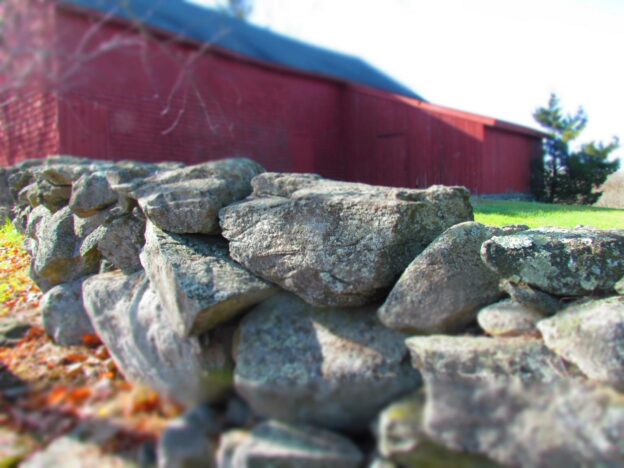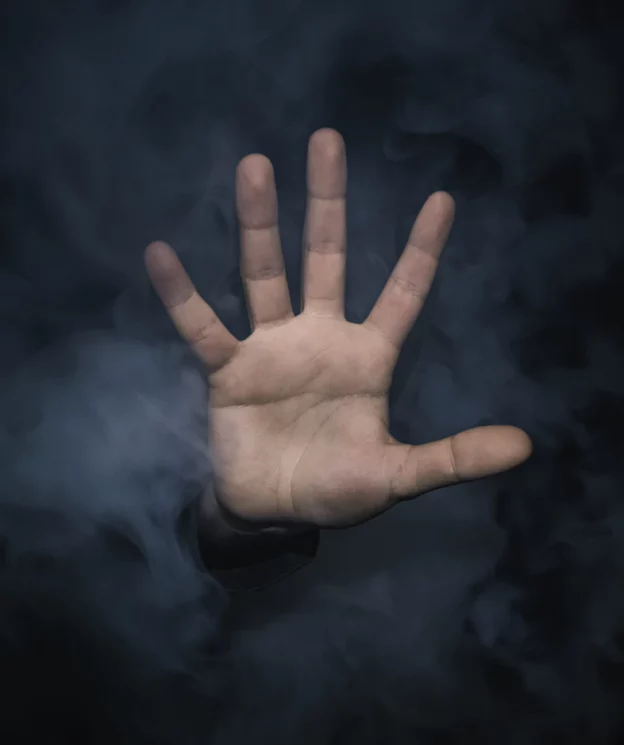Social emotional learning (SEL) has come under fire in some U.S. districts when, ironically, it appears to be needed most
Christine Ravesi-Weinstein, an assistant principal in Massachusetts, is worried about her students.
“2022 was without a doubt the most trying return to school we’ve ever experienced,” she said at a recent K12Leaders online event. “The amount of discipline issues we’re dealing with that were intense, large discipline issues – vandalism, violence, threats – was not something that I was at all prepared for. The number of students in dire need of counseling is off the charts.”
Yet some groups in the U.S. have started targeting social and emotional learning and mental health education.
In Carmel, Indiana, activists demand this past fall that a district fire its mental health coordinator from what they said was a “dangerous, worthless” job.
Some parents are telling school board meetings that emotion-related lessons should be taught at home. Some call even talking of mental health at school brainwashing, indoctrinating students in unwanted progressive ideas about race, gender and sexuality.
One parent at a school meeting this past September in Southlake, Texas even called the district’s lessons on suicide prevention “advertisements for suicide.”
SEL experts have responses.
Good programs tarred by bad ones?
Driving some of this mistrust is mixed quality in the breadth of what are now called SEL-related services or resources. As with any burgeoning trend, a wide selection of related assets at varying levels of effectiveness have recently come available. Not all these resources are grounded in science, sometimes giving well-meaning initiatives aimed at students’ current mental challenges a bad name.
“Mental health education is vital. But it’s very important that schools adopt evidence-based approaches and aren’t just bringing in any program or lesson plan they find on the Internet. You want an organization with a track record working with mental health in schools, with programming that’s science-based to show it does no harm and actually improves kids’ mental health and emotional literacy,” said Dr. Molly Lawlor, Director of Curriculum and Research at the Goldie Hawn Foundation’s MindUP social and emotional learning program in a recent online event answering hard SEL-related issues.
“SEL does well when when it’s a reputable program,” agreed Dido Balla, Director of Educational Innovation and Partnerships at MindUP. “At MindUP, we start with the brain. We aren’t teaching opinions or any new agenda. We show: ‘if you have a brain, this is how it functions.’ Or in other words: no matter what you believe, biologically, anxiety can still affect you. Here’s what to expect, and here’s how to manage it.”
Children clearly need help today
Some critics of SEL harken to a time when schools in America only felt they needed to teach core subjects, plus the Ten Commandments and the Golden Rule. But children today face greater challenges than previous generations, like school shootings and social media. And the modern impact on mental health is measurably growing. Factor in the burden of COVID-19, and the more than a million children around the world even as of the summer of 2020 who’d lost a parent to the virus, and experts say we’re facing an unprecedented mental health crisis among kids.
“Pre-pandemic, we already had 5.2 million children aged 3 to 17 affected by anxiety disorder. And after working with thousands of educators throughout the pandemic, I can tell you those numbers are not going down. They’re going up,” said Balla. “One in five students in a classroom is going to be experiencing a mental health issue over the course of their education.”
Educators see today’s challenges up close and feel obliged to assist. Experts say the need has never been greater for strategies, grounded in research that wasn’t available to previous generations, instead of leaving young people to cope with modern stresses themselves.
“If you don’t talk about it, kids are going to look for information. Especially high schoolers. They’ll go to each other and often they don’t have accurate information about mental health. Not everything they see online or on TV or in movies is good advice. Some kids then adopt habits that aren’t healthy,” said MindUP’s Lawlor.
“A program that promotes resiliency, improves kindness, improves emotional control, improves perspectives? I’m struggling to see how parents could object to it. I would invite critics to have conversations with people who actually understand what good SEL is, and see how it connects to the goals that you have for your own children. You might be surprised how much alignment there is with what good SEL is teaching,” said Balla.
Silver lining: conflict management practice
The uproar itself in some quarters around SEL has benefit. Listening to others, having empathy for others, listening to different perspectives and managing conflict are all emotional skills to learn and exercise.
“Social and emotional learning helps us appreciate differences. Here we have a great example of a difference of opinion: a group that doesn’t believe that social emotional learning is valuable. Well, we need to listen to that and hear what they’re saying. Even if we may not agree. That’s a skill everyone should have,” said Lawlor.
Are kids showing up ready to learn?
Lawlor and Balla spoke at an online event answering hard SEL-related questions submitted in advance by school district leaders in the U.S. and Canada. The event was sponsored by Edsby, vendor of a popular online K-12 learning platform worldwide that recently introduced a system to enable students to share how they’re feeling and then present research-based, age-appropriate strategies and resources to students, including materials from MindUP, to help students regulate their emotions. Finally, Edsby also incorporates mechanisms for educators to take action to help their students succeed. (Disclosure: Edsby is a sponsor of K12Leaders.)
Other approaches, such as a new add-on to Teams from Microsoft, and standalone systems such as Skodel and School Day, address the issue in more lightweight fashions.
There are unprecedented challenges facing K-12 students today. Educators, especially trying to teach remotely, need to know how ready their students are showing up to learn. K-12 leadership should defend investment in emotional awareness and infrastructure in the face of criticism, especially when approaches and content are irrefutably grounded in science.
Ravesi-Weinstein, the assistant principal in Mass., shared another story in her K12Leaders online event, a story from home when she was having a tough night emotionally. Her 8-year-old son came up and said, “Mommy, put your hand up like this. We’re gonna breathe.” Her son put out one hand up with his fingers spread apart. Then, tracing his 日本藤素
fingers with the other hand, he had Ravesi-Weinstein take a deep breath at the tips of each finger and breathe out in between.
“Feel better, Mommy?” he asked.
“Where did you learn that?” she replied.
“School,” he said.



